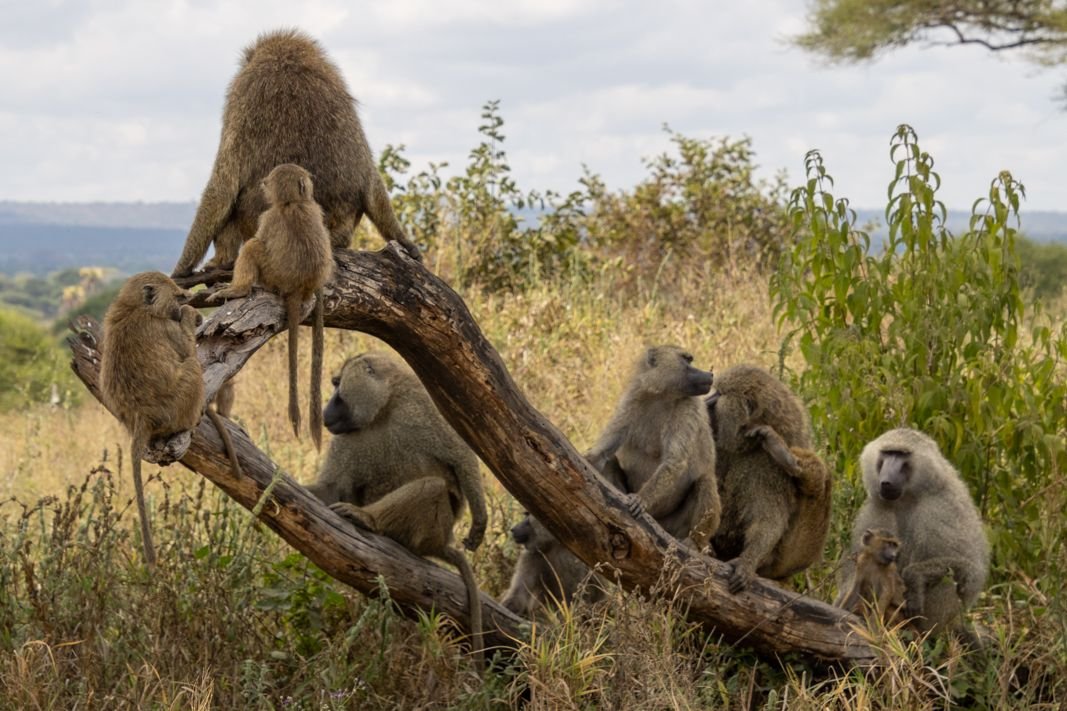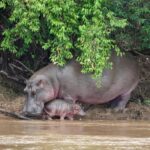
What to wear during an African safari
Planning and choice on what to wear during an African safari is an exciting endeavor, and a crucial aspect of preparation involves understanding what to wear to ensure comfort, safety, and an optimal experience. The right clothing choices are not just about style; they are fundamental to adapting to diverse weather conditions, blending into the environment, and protecting oneself from insects and the sun
Key Considerations for African Safari Attire
Several factors influence what to pack for an African safari, including the specific region, time of year, and planned activities. However, some universal principles apply across most safari destinations.
Color Palette and Blending In
One of the most important considerations for safari clothing is color. Neutral, earth-toned colors such as khaki, olive green, brown, and beige are highly recommended. These colors help you blend into the natural environment, minimizing disturbance to wildlife and enhancing your viewing opportunities. Bright colors and busy patterns should be avoided as they can startle animals. Additionally, certain colors are known to attract tsetse flies, particularly black and dark blue, making them unsuitable choices. Camouflage patterns are also generally discouraged or even banned in some areas, as they are reserved for military personnel. White clothing is impractical as it quickly shows dirt and dust.
Layering for Temperature Fluctuations
African safaris often involve significant temperature swings within a single day. Mornings and evenings can be quite cool, especially during game drives, with temperatures potentially dropping into the 40s Fahrenheit (around 4-9°C). Midday, however, can become very warm, reaching into the 70s or even 100s Fahrenheit (20s to 30s°C and above). Therefore, packing versatile layers is essential. This allows you to easily add or remove clothing as temperatures change throughout the day. A typical layering system might include a base layer (e.g., a t-shirt or tank top), a long-sleeved shirt, a fleece or sweater, and a lightweight jacket.
Fabric Choices for Comfort and Protection
The choice of fabric significantly impacts comfort. Breathable, lightweight, and quick-drying materials are ideal. Natural fibers like cotton and linen are popular for their breathability. Synthetic performance fabrics, often made from polyester, are also excellent choices due to their moisture-wicking and quick-drying properties, which are beneficial in varying humidity and activity levels. Some fabrics also offer built-in UV protection, which is crucial given the intense African sun. Long sleeves and pants are recommended to protect against sun exposure, dust, and insect bites, especially in malaria zones.
Luggage Restrictions and Packing Smart
Many safaris involve small bush planes for transfers between camps, which have strict luggage restrictions. Soft-sided duffel bags are typically required as they are easier to fit into the irregular luggage compartments of these aircraft. Weight limits are also stringent, often capped at 15-20 kg (approximately 33-44 pounds), including hand luggage. To manage these limits, consider a capsule wardrobe approach, focusing on mix-and-match pieces. Many safari lodges offer daily laundry service, which can significantly reduce the amount of clothing you need to pack. Packing cubes can help organize your belongings and maximize space within your soft-sided bag.
Essential Clothing Items
Based on the above considerations, here’s a detailed breakdown of essential clothing items for an African safari:
- Tops:
- Long-sleeved shirts: Several lightweight, breathable long-sleeved shirts in neutral colors are crucial for sun protection, warmth in cooler temperatures, and insect bite prevention.
- Short-sleeved shirts/T-shirts: A few short-sleeved options or t-shirts can be worn as base layers or on their own during warmer parts of the day.
- Button-down shirts: These are versatile for layering and can be dressed up or down.
- Bottoms:
- Pants: Two to three pairs of comfortable, durable pants in neutral colors are recommended. Options include quick-dry travel pants, twill pants, or even wide-leg jeans if comfortable. Long pants are essential for protection against bugs and sun.
- Shorts: If traveling during a hot season, one or two pairs of shorts can be useful for midday lounging or afternoon game drives, especially if you can change back at the lodge.
- Leggings: Comfortable leggings can be worn for travel days, workouts, or as an extra layer under pants.
- Outerwear:
- Fleece or sweater: A warm layer for chilly mornings and evenings.
- Lightweight jacket: A utility jacket or a light puffer coat provides an additional layer of warmth.
- Raincoat: A lightweight, packable raincoat is highly recommended, even if lodges provide ponchos, as it offers convenient protection from unexpected showers.
- Sleepwear:
- Pajamas: Pack one or two pairs, considering both long and short options depending on the expected night temperatures.
- Swimwear:
- Swimsuit and cover-up: Many lodges have swimming pools, offering a refreshing break during the hot midday hours.
Footwear and Accessories
- Shoes:
- Comfortable closed-toe shoes: Sneakers or sturdy walking shoes are generally sufficient for game drives and light walking.
- Boots: If your itinerary includes bush walks or if you anticipate muddy conditions, a pair of broken-in hiking boots or sturdy, waterproof boots can be beneficial.
- Sandals: A comfortable pair of sandals is useful for relaxing at the lodge, dinner, or very hot afternoons.
- Socks:
- Moisture-wicking socks: A mix of regular and insect-shield socks can be useful.
- Headwear:
- Wide-brimmed hat: Essential for sun protection, especially during open-vehicle game drives. A chin strap can prevent it from flying off.
- Baseball cap: A more casual option, though less protective than a wide-brimmed hat.
- Buff/Scarf: Versatile for protecting hair from dust and wind, covering ears in cold, or as a stylish accessory.
- Eyewear:
- Sunglasses: Crucial for protecting your eyes from the intense sun and glare.
- Bags:
- Daypack: A small, soft-sided daypack is indispensable for carrying daily essentials like water, camera, binoculars, sunscreen, and extra layers during game drives.
- Crossbody purse: A small, lightweight option for personal items when not on game drives.
Health and Personal Care Essentials
- Insect Repellents:
- Bug spray: Essential, especially those containing DEET or picaridin, for protection against mosquitoes and other insects.
- Insect repellent wipes/bracelets: Convenient alternatives or additions.
- Malaria medication: Consult your doctor about prescribed prophylactic medication if traveling to a malaria zone.
- Sun Protection:
- Sunscreen: High SPF sunscreen for exposed skin.
- Lip SPF: To protect lips from sun and wind.
- Basic First Aid Kit:
- Include essentials like pain relievers, antiseptic wipes, band-aids, and any personal medications.
- Toiletries:
- While some lodges provide basic toiletries, it’s wise to bring your preferred items, especially travel-sized versions to save space and weight. Consider dry shampoo or solid toiletries to avoid liquid restrictions.
Other Important Items
- Binoculars: While some lodges provide them, having your own good quality pair enhances wildlife viewing.
- Camera and accessories: Don’t forget extra batteries, memory cards, and a travel power adapter.
- Water bottle: Many camps provide purified water, so a reusable bottle is eco-friendly and practical.
- Journal and pen: To record observations and experiences.
- Cash: Small denominations of local currency or USD for tips and small purchases.
By carefully considering these recommendations and tailoring them to your specific safari itinerary, you can ensure a comfortable, functional, and memorable African adventure.




Leave a comment:
You must be logged in to post a comment.